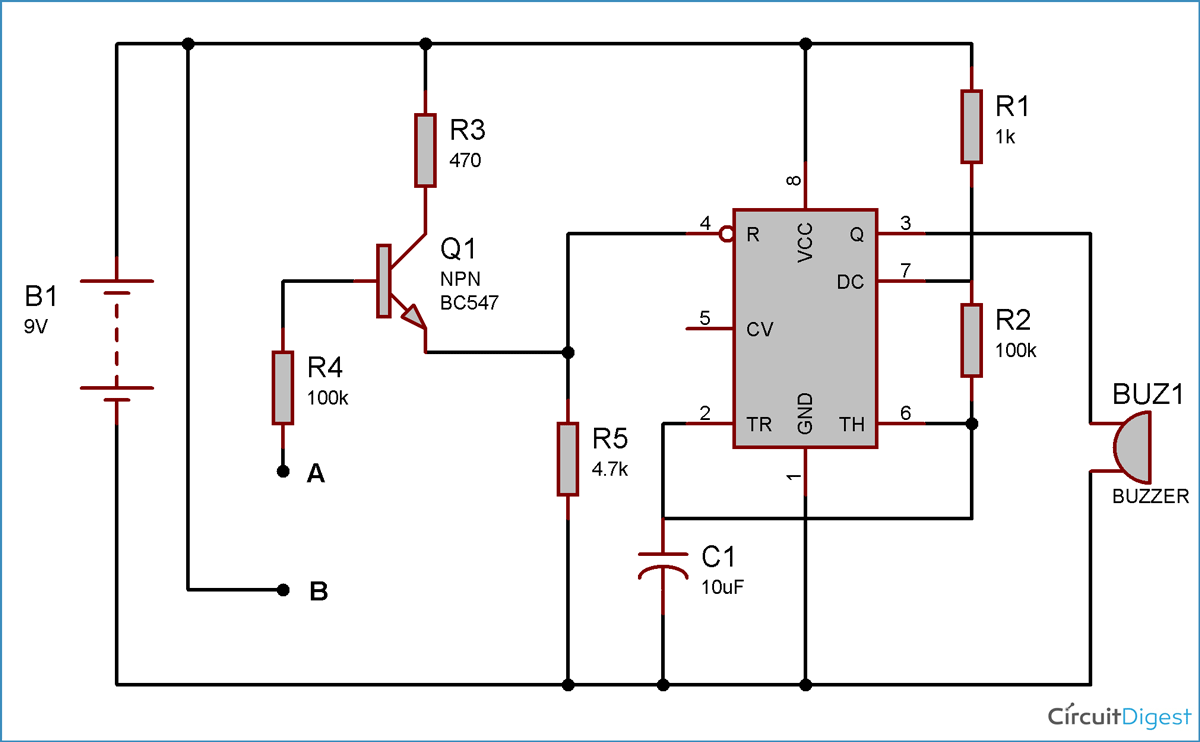

Sounds at those frequencies are inaudible to the human ear. The infrasound detector works by detecting infrasound, or sound waves at frequencies below 20 hertz. PIRs require a power supply in addition to the detection signaling circuit. PIR sensors designed to be wall- or ceiling-mounted, come in various fields of view, from narrow-point detectors to 360-degree radar. This quick change triggers the detection. As an intruder walks in front of the sensor, the temperature at that point will rise from room temperature to body temperature, and then back again. Strictly speaking, PIR sensors do not detect motion instead, they identify abrupt changes in temperature at a given point. The term passive refers to the fact that the detector does not generate or radiate energy it works entirely by detecting the heat energy given off by other objects. It offers affordable and reliable functionality. The passive infrared (PIR) motion detector is one of the most common sensors found in household and small business environments. Sensor types Hermetically sealed reed switches Ī passive infrared sensor used to detect motion

Such alerts transmit via dedicated alarm circuits, telephone lines, or the internet in many cases. Operators at the station see the signal and take appropriate action, such as contacting property owners, notifying police, or dispatching private security forces. In the event of an alarm, the premises control unit contacts a central monitoring station. In addition to the system itself, security alarms often offer a monitoring service. Interconnections may consist of direct wiring to the control unit or wireless links with local power supplies. In addition to buttons, keypads typically feature indicator lights, a small multi-character display, or both.
#Project report on rain alarm system pdf windows
For example, sensors can monitor doors and windows for openings or monitor unoccupied interiors for motions, sound, vibration, or other disturbances Sensors can detect intruders by different methods. Sensors' locations are at the perimeter of the protected area, within it, or both.

Sensors: Devices that detect intrusions.Some also have their control units built-in to the keypad or other human-machine interface. Many newer networks often use sealed plastic boxes out in the open. In a modern device, there are typically one or more computer circuit boards inside a metal enclosure. Premises control unit ( PCU), alarm control panel ( ACP), or simply panel: The "brain" of the system reads sensor inputs, tracks arm/disarm status, and signals intrusions.However, a typical premises security alarm employs the following components: The most basic alarm consists of at least one sensor to detect trespassers and an alerting device to indicate the intrusion. 2.12 Electro-mechanical (shaker) sensors.2.9 Smoke, heat, and carbon monoxide detectors.It may even include a two-way voice which allows communication between the panel and monitoring station. These devices can also be complicated, multirole systems with computer monitoring and control. Homeowners typically have small, self-contained noisemakers.

There are many types of security systems. Intrusion-alarm systems are combined with closed-circuit television surveillance (CCTV) systems to record intruders' activities and interface to access control systems for electrically locked doors. Some alarm systems serve a single purpose of burglary protection combination systems provide fire and intrusion protection. Prisons also use security systems for the control of inmates. Car alarms likewise help protect vehicles and their contents. Security alerts in neighborhoods show a connection with diminished robbery. Security alarms used in residential, commercial, industrial, and military properties protect against burglary ( theft) or property damage, as well as personal protection against intruders. A security alarm is a system designed to detect intrusion, such as unauthorized entry, into a building or other areas such as a home or school.


 0 kommentar(er)
0 kommentar(er)
